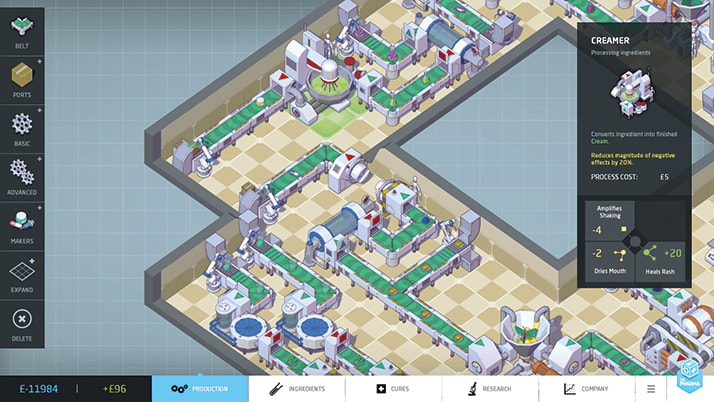
Stability studies play a crucial role in determining how a drug product's quality changes over time when exposed to various environmental factors such as temperature, humidity, and light. A drug product may degrade over time to a point where it is no longer effective or may become unsafe because of the formation of impurities with potentially unknown toxicity. Ensuring the safety and efficacy of the drug product throughout its lifecycle is essential to generate reliable clinical data, which is ultimately required for drug registration.
A comprehensive stability program evaluates multiple aspects of the drug product to ensure its quality and efficacy. Physical assessments monitor appearance, color, phase separation, and particulate formation, which can indicate degradation. Chemical assessments focus on factors such as potency, degradation products, pH levels, and preservative content, ensuring that the drug maintains its intended effectiveness and safety profile. Microbial assessments are critical for verifying sterility or microbial limits, especially in products that are sterile or don’t contain preservatives.
Stability indicating parameters have to be assessed at each timepoint to ensure analysis of trends in stability. Parameters that are not expected to be essential for determining stability may be analyzed only at specific timepoints.
The requirement for stability data increases throughout the product development, as outlined in the International Council for Harmonization (ICH) guideline Stability Testing on New Drug Substances and Products, Q1A(R2).
Early stability studies can be performed on technical batches of drug substance and drug product that are manufactured using a process similar to that of the future clinical material. Non-GMP drug product is typically available earlier than GMP material, allowing stability studies to be initiated before the GMP batch is manufactured.
These non-GMP or early GMP batches provide valuable insights into potential formulation challenges and help identify early signs of stability issues. Additionally, the choice of a container-closure system is crucial to the success of stability testing; the primary packaging must protect the product and be compatible with it.
Stability studies are conducted at the intended storage conditions (long-term) or at elevated storage conditions (accelerated). The storage conditions to be considered are given in table 1. Accelerated storage conditions will increase the speed of degradation and provide a projection of what may happen after long-term storage. Frozen storage conditions do not have officially matched accelerated conditions, but various storage conditions can support determination of impact of any temperature excursions.
Based on shelf-life requirements, a stability plan should be drafted and, if needed, included as part of the IMPD/IND. A stability plan should describe the following:
Timepoints to be tested
Tests performed per timepoint (chemical, physical and microbiological testing). Sterility testing should be performed at minimum at initial and at the end of the proposed shelf-life. Stability- indicating parameters should be tested at each timepoint.
Storage conditions (long-term, intermediate, accelerated)
In-use stability (if applicable)
Compatibility with materials used for dosing the drug product (if applicable)
Shelf-life extrapolation plan (optional)
Determining shelf-life
Stability studies determine the shelf-life at the intended storage conditions when the product is packaged in the defined container closure system at long-term conditions. Accelerated storage conditions are conditions that are expected to increase the rate of chemical degradation or induce physical changes of the drug product. They can be used to determine the impact of temperature deviations during transit and storage or as a scientific basis for extrapolating a product’s shelf-life beyond what is observed under long-term storage conditions.
Performing a stability study on non-GMP material ensures that when the GMP batches are made, an initial shelf-life can be assigned to the drug product. The required shelf-life and storage conditions will depend on the clinical study that the IMP is used for. The shelf-life for early phase clinical drug products should at least cover the time required between manufacturing, analysis and dosing. Early phase drug products may require a limited amount of stability timepoints for the initial clinical trials, but when the drug products are distributed to multiple sites and countries, more extensive stability studies are required.
Containers or dosing devices that are used for clinical dosing are also subject to compatibility/stability testing to ensure stability of the drug product up to administration. Stability of the drug product after the final formulation step (e.g., dilution, mixing, reconstitution) is warranted for a limited amount of time (hours/days) depending on the clinical need.
In conclusion, a stability program is essential for ensuring that drug products are safe, effective, and reliable throughout their shelf-life. Stability testing during early development provides critical data on the stability of both the drug substance and drug product. Shelf-life assignment should be based on this stability data and may not be supported by extrapolation from accelerated conditions.




